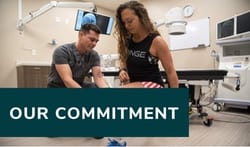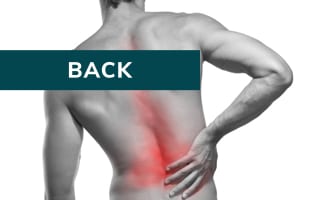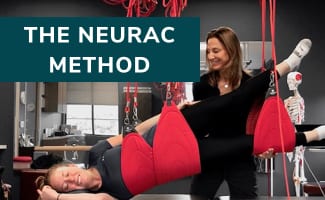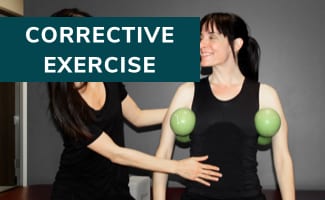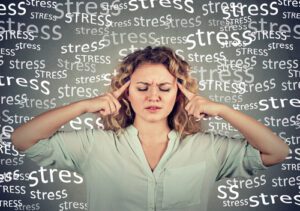One of the most common questions I am asked as a provider in musculoskeletal medicine is about Physical Exercise. What kind of exercise should I be doing? How often should I be exercising? And many more questions….
What is Physical Exercise?
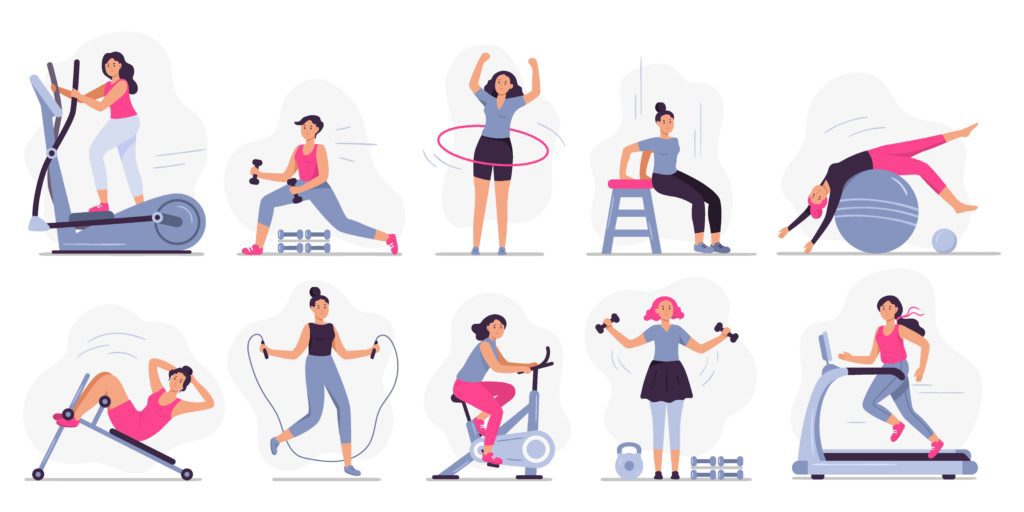
Physical Exercise is defined as a planned or structured form of physical activity performed on a regular basis in order to maintain fitness. This is not to be confused with Physical Activity which is any movement by skeletal muscles that requires energy expenditure. This includes leisure activities or house work.
I don’t know about you, but when I think of Physical Exercise I think of traditional forms of exercise such as running, swimming, playing tennis or lifting weights. However there are many kinds of Physical Activity that done on a regular basis can be fun forms of exercise! Some examples of this include rollerblading, stand up paddle boarding, martial arts classes and dancing just to name a few!
Benefits of Exercise
Numerous studies produced over the last 20 years continually show the overwhelming benefits of regular physical exercise on physical and mental health.
On the mental health side regular physical exercise reduces anxiety and depression and increases self confidence, self esteem, and can improve social interactions and opportunity for fun and enjoyment. How does this happen? Physiologic effects of exercise have been shown to improve mental well being by increasing blood flow to the brain, increasing levels of Serotonin and release of endorphins and cannabinoids which are happy chemicals that improve our sense of well being (Effects of Physical Exercise on Cognitive Functioning and Wellbeing ).

Physical effects of Physical Exercise include increased blood flow to the brain, improved cognition and memory, and improved attention span. Then there are the obvious health benefits of exercise including reducing hypertension and obesity, weight management, control of Diabetes, and reduced rates of arthritis.
How to Get Started with Exercise and Stay Motivated
So now you’ve read this article and are ready to get moving, literally!
The next most common question is how many times a week should I exercise? The general recommendation by the CDC and other organizations is to exercise an average of 150 minutes per week, that is 30 minutes a day 5 days a week, of moderate intensity activity.
The great thing about exercise it is does not have to be all at one time or one type of activity such as running, you can mix it up! That 30 minutes a day can be done all at once or broken up into smaller activities throughout the day. You can get creative by parking your car at the back of the parking lot and brisk walking to the office or grocery store. Taking the stairs at the office or taking a brisk walk during your lunch hour are other ways to squeeze in small amounts of exercise during the day. (Depression and anxiety: Exercise eases symptoms – Mayo Clinic )

Start with activities that you enjoy such as swimming, bicycling with the kids, walking with friends, gardening or other activities and try to build from there. Try to set realistic goals to start and recognize there may be times when you are not able to meet those goals. One thing I have learned with exercise is if I do something to move every day I feel better overall, it doesn’t have to be a hard core weight lifting session to count as exercise.

Michelle Hall
PA-CPhysician Assistant

